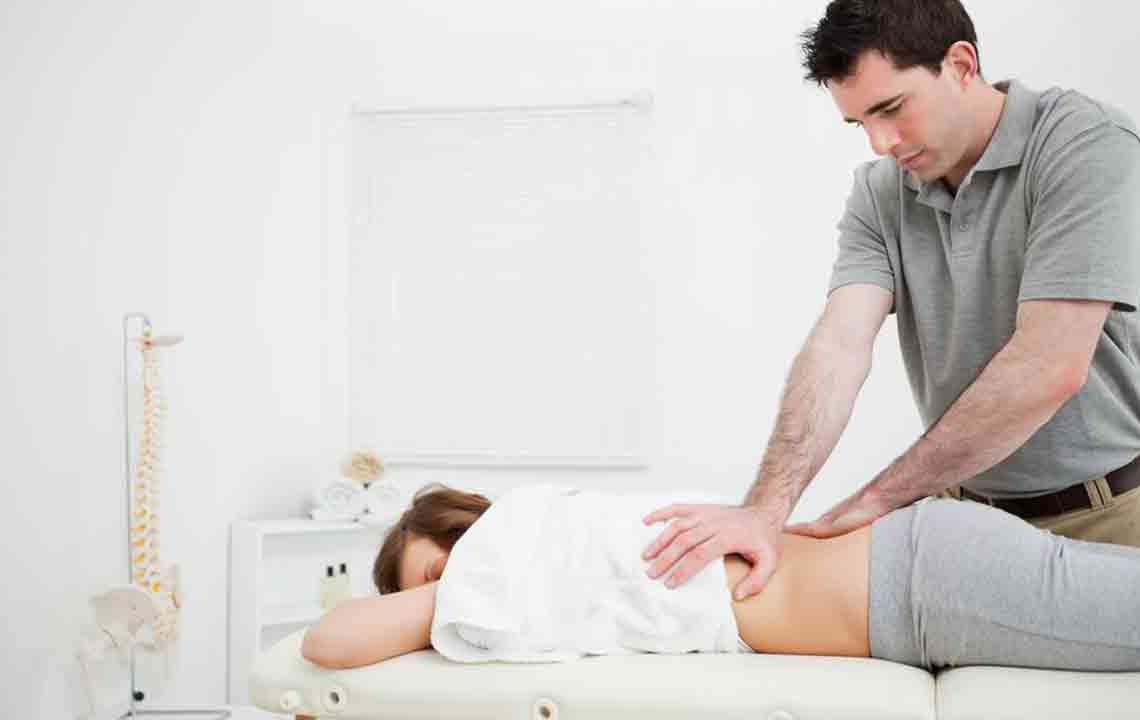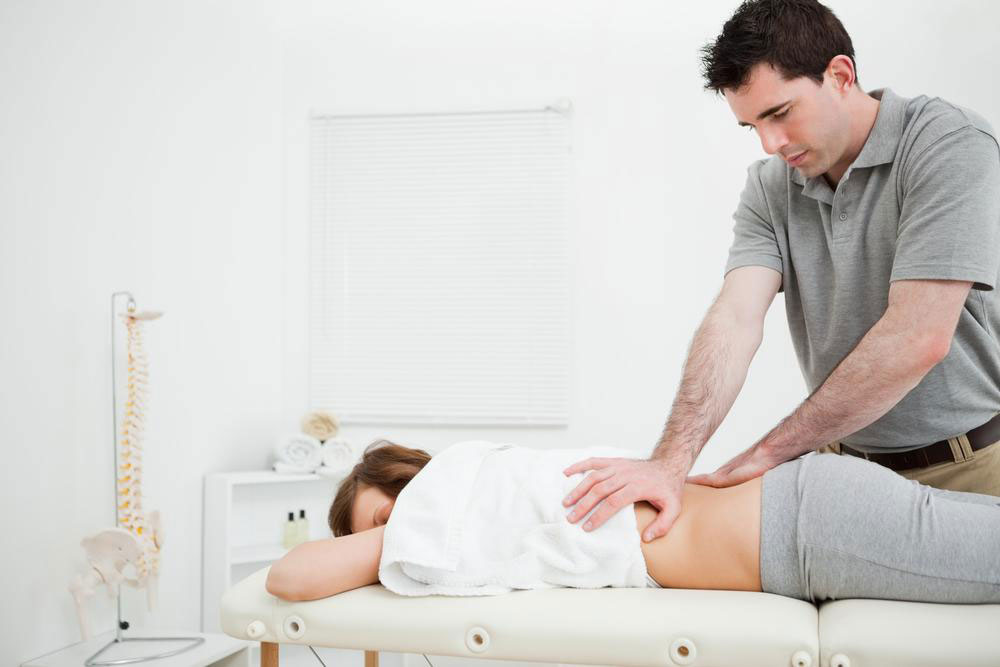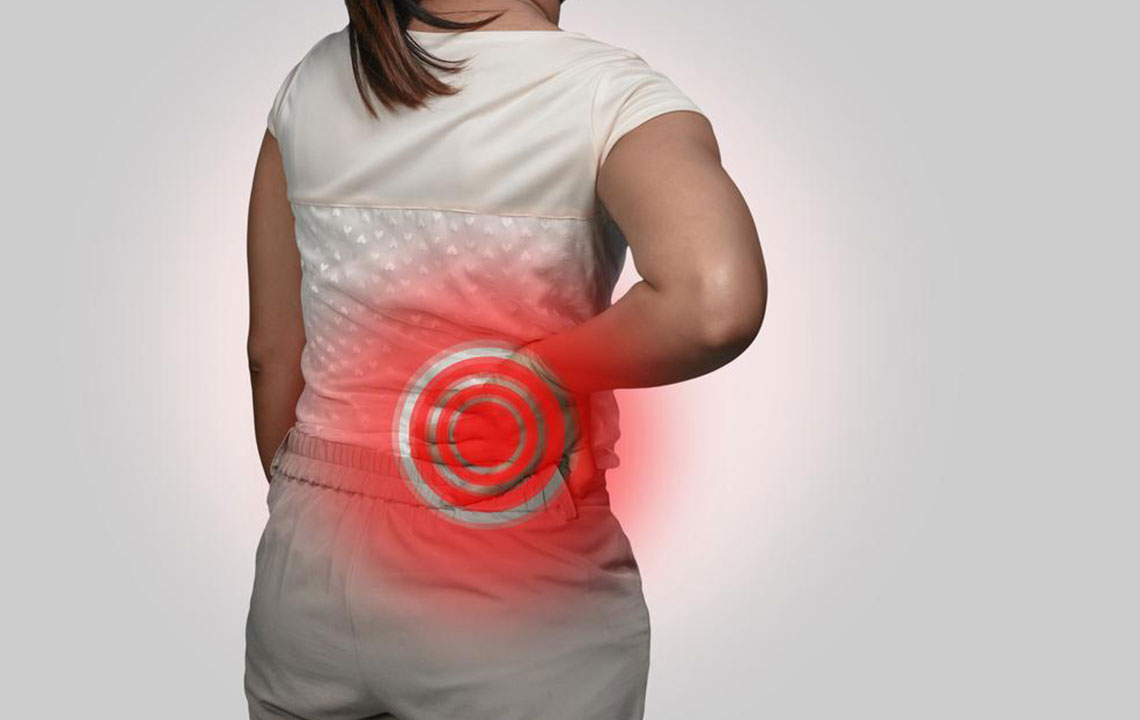Comprehensive Approaches to Managing Spinal Canal Narrowing
Explore effective strategies for managing spinal stenosis, including medications, physical therapy, decompression procedures, and surgical options. Discover recent advances and alternative therapies that help improve quality of life for those affected by spinal canal narrowing, primarily in adults over 50. The article covers diagnosis methods, treatment procedures, and future prospects like stem cell therapy, offering comprehensive guidance for patients and healthcare providers.

Methods for Addressing Spinal Canal Narrowing
Spinal canal narrowing, known as spinal stenosis, occurs when bone or tissue growth reduces the available space in the spinal corridor. This constriction can compress the spinal cord and nerves, leading to discomfort, tingling, or numbness in the limbs and torso. Typically affecting those over 50, the primary cause is arthritis, which involves cartilage breakdown between the vertebrae.
Other contributors include:
Paget’s disease – Abnormal bone growth causes brittleness and narrowing of the spinal canal, affecting nerve function.
Traumatic injuries – Spinal fractures or inflammation from accidents can result in stenosis.
Tumors – Both benign and malignant growths near the spine can compress the canal.
Herniated discs – Tearage in disc cushions may push material into the spinal canal, pressing on nerves and causing pain.
Diagnosis generally involves:
X rays – To observe changes in vertebral shape.
MRI – Provides detailed 3D images of the spinal cord, disc damage, and tumors.
CT scan – Uses X-rays with contrast dye to visualize tissue and bone damage.
Spinal stenosis management includes both non-invasive and surgical options:
Medications – Pain relief drugs, muscle relaxants, and anti-seizure medicines help manage symptoms. Steroids may reduce inflammation but are used sparingly due to side effects. Injections of anesthetics can offer temporary pain relief.
Physical therapy – Tailored exercises help strengthen muscles, improve flexibility, and maintain spinal stability, reducing pain and preventing deterioration.
Decompression techniques – Procedures like percutaneous lumbar decompression (PILD) and minimally invasive decompression (MILD) remove thickened ligaments, enlarging the spinal canal especially in lumbar cases.
Surgical options – Reserved for severe cases, surgeries aim to relieve nerve pressure. Common procedures include:
Laminectomy – Removal of part of vertebral arch to decompress nerves.
Laminotomy – Creating an opening in the lamina to relieve pressure.
Laminoplasty – A neck-specific procedure that hinges the lamina for space expansion.
Minimally invasive surgery – Less tissue damage with shorter recovery times.
Emerging treatments focus on stem cell therapy and gene-based approaches, promising future options. Complementary therapies like massage, chiropractic care, and acupuncture may help alleviate discomfort alongside conventional methods.










